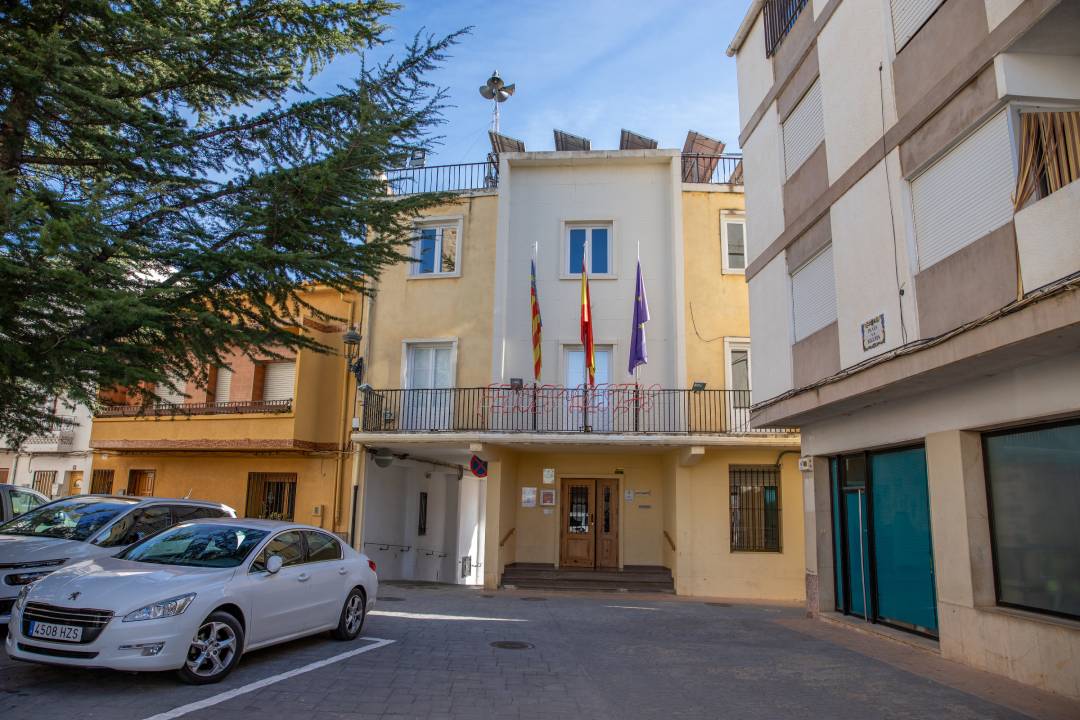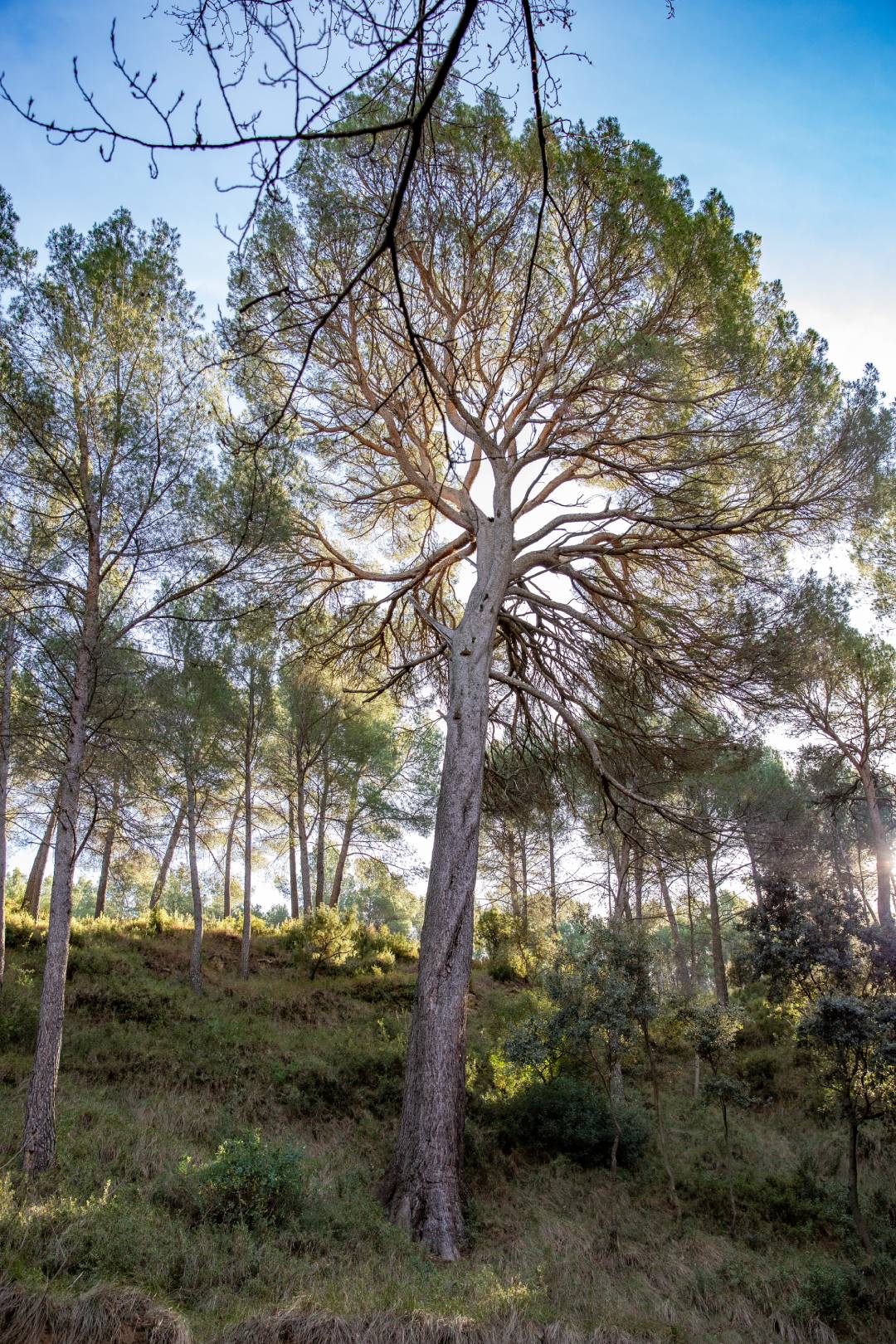Higueruelas
Higueruelas is located in the north of the province of Valencia, 60 km from the city of Valencia. The altitude of its mountainous landscape ranges from 600 metres to 1100 metres in some areas. It is surrounded by mountain ranges and hills that provide for a splendid landscape. To the north are the so-called “Peñas de Dios”, offering views over the wide, beautiful landscape. In winter, the habitual appearance of snow serves as a tourist attraction. To the east of “Monte Picayo” and “Monte de Hoz”, to the north-east of “El Rodeno”, to the south of the forest or “Umbria”. It includes the “Viga del Horcajo” pine, which is more than 200 years old. The beginnings of the village date back to 1825, when King Fernando VII granted the title of village to Higueruelas.
Gastronomy:
“Olla Morro Churra”, stew with pork, lamb, blood sausage, chorizo, bacon, potato, beans and “pencas” (an ingredient that characterizes the dish). “Congretes” are small cakes made with flour, oil, anise and/or “cazalla”. Once prepared, they are dressed with sugar. “Rollos de Aguardiente”, decorated with unshelled almonds. “Pan Bendito”, made in the municipal bakery and which is normally eaten on 17th January, Saint Anthony’s Day. “Los Higos Albardaos”, which are basically fritters stuffed with figs.
Places of interest:
Its architectural heritage include its church dedicated to Saint Barbara, which houses two beautiful effigies of the village’s patron saints: the Holy Christ of Mercy and Saint Barbara, both of carved wood and dating from the 16th-century. Nearby in “Cerro de la Viña” there are well-preserved 2nd century Roman ovens. Higueruelas has a camping area in the beautiful setting of “El Barranco de la Hoz” called “La Fuente del Ladón”. It is equipped with paella-making facilities, toilets and two mountain hostels.
Local Trail SL-CV-67 “Senda del pino Rebollón y Antiguo Yesar”. The trail runs through a broad representation of the characteristic flora of the Mediterranean bush. The following springs are worth visiting: “Fuente del Olmo” (located 300 m from the village) and “Fuente del Hoz”, located in the valley of the same name a few metres from the recreational area. “La Pinada de Higueruelas”, known as “la Umbria”, where we find a pine known locally as “La Viga del Horcajo”, which measures some 20 metres tall and is an estimated 200 years old.
To the north are the so-called “Peñas de Dios”, offering views over the wide, beautiful landscape. To the east lie “Monte Picayo” and “Monte de Hoz”, and to the northeast “El Rodeno”. There are several Roman furnaces in the southeast. Dating from the 2nd century AD, they are in good condition and located in the mountainous area known as “Cerro de la Vina” in the Villarpardo district.
Festivities:
On 17th January, festivities are held in honour of Saint Anthony, with the burning of bonfires and the blessing of animals. The main festivities are held between 14th and 16th September: Festivity of the Holy Christ of Pity, whose procession is one of the most notable in the administrative region, the Festivities of Saint Barbara (which is also celebrated on 4th December as a local festivity, given the saint’s consideration as the patron saint of miners), and the Festivity of Saint Isodore, which notable for its procession composed of the local farmers’ tractors.












